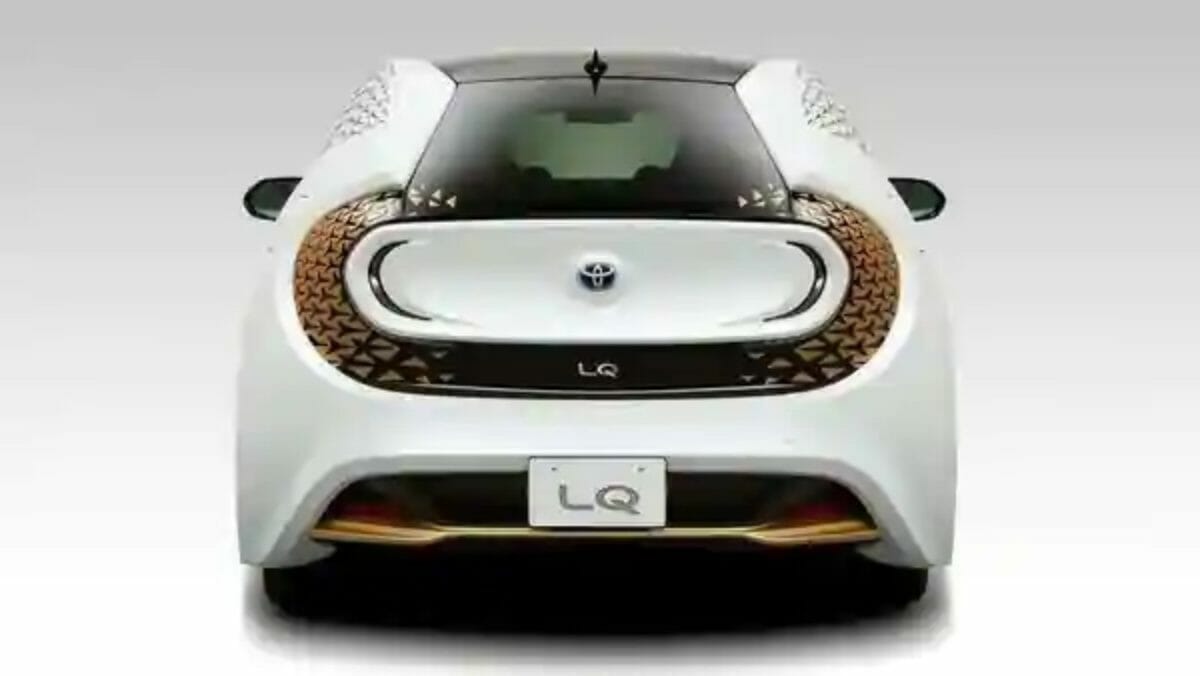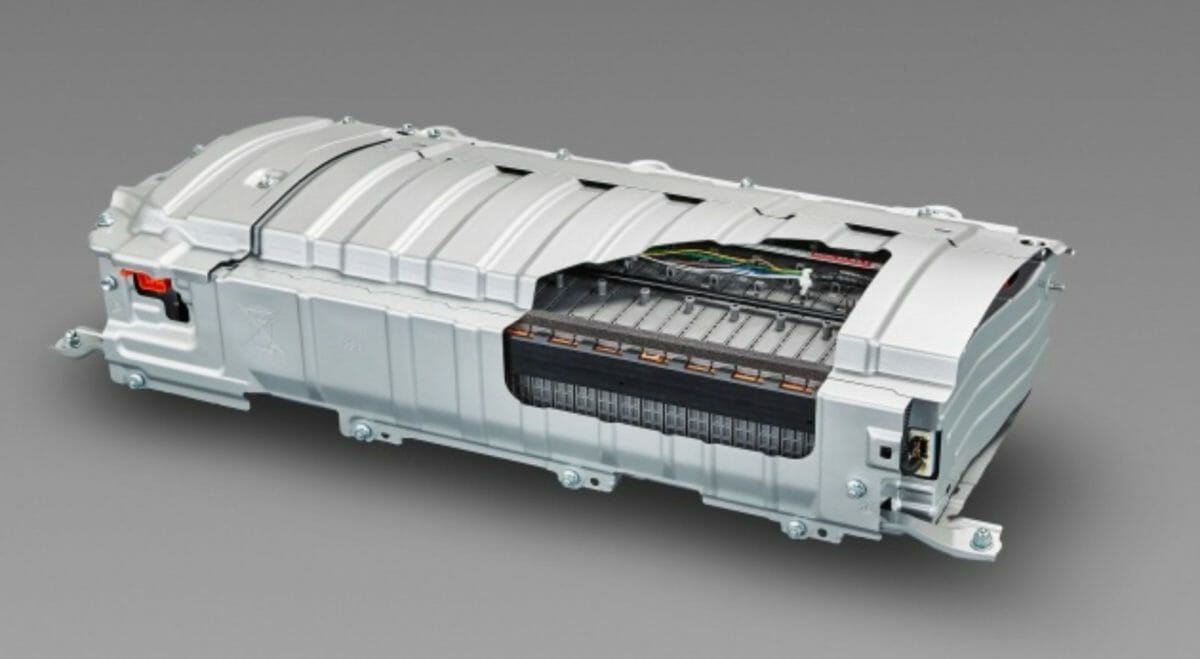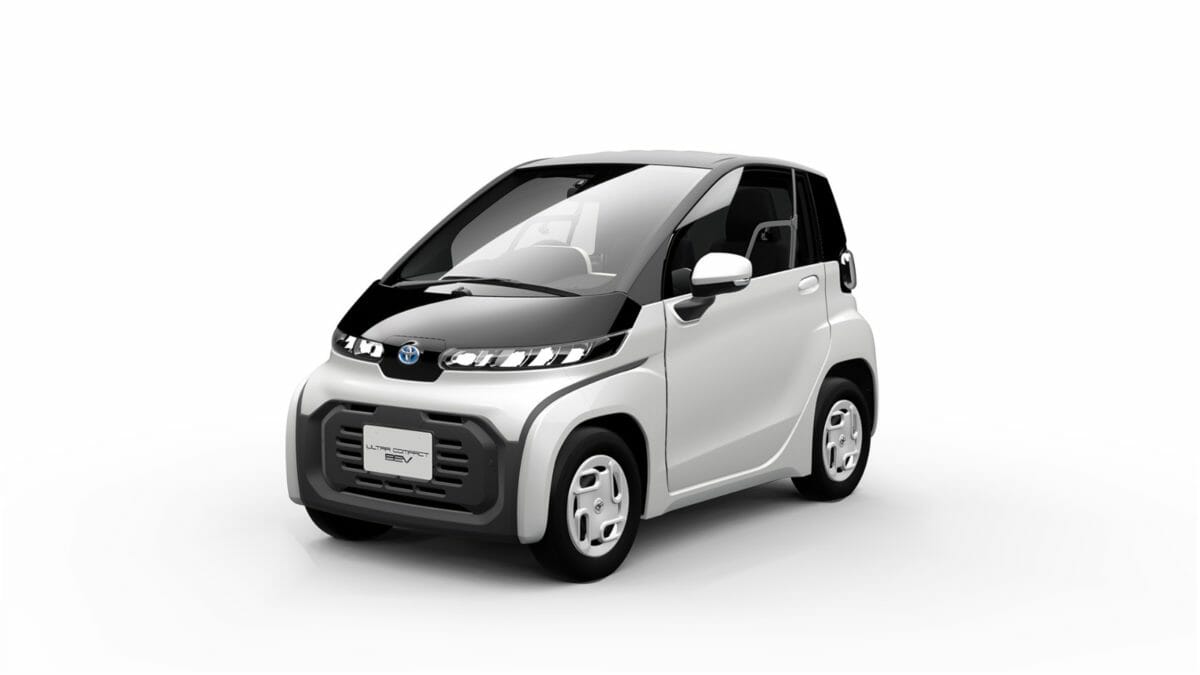By this time we have all realised that electric is indeed the future in regards to mobility solutions and automobile manufacturers have raced towards developing new technologies to make electric vehicles (EV) more accessible. However, there are still quite a number of challenges in this segment.
Some of them being battery charging and range of the EV- both parameters are closely related to the cells used in the EV. Limited range on a single charge and long charging hours are the primary reasons why battery run EVs are still not viable especially in a country like India which possesses a limited number of charging stations as of now.

That is why some carmakers are working on developing new techniques. One of the ways is the so-called solid-state batteries that use solid instead of liquid electrolytes. This means higher capacity, faster charging and longer life. Toyota had planned to unveil its solid-state battery-powered prototype at the 2020 Olympic Games in Tokyo, which has since been postponed to 2021 due to restrictions around the Covid-19 pandemic.
According to Toyota Vice President Keiji Kaita, the Japanese manufacturer has a working prototype and the batteries are now almost finished and have excellent properties. For example, it is now possible to fully recharge electric vehicles in 15 minutes.
Benefits of a Solid-State Battery
Solid-state batteries charge quicker, last longer, and have a greater energy density. That means that a vehicle outfitted with one can go farther than it could with an equal-energy lithium-ion battery pack. According to some reports, Toyota’s newly developed batteries could even provide up to twice the range of conventional electric cars.
However, there are quite a few hurdles that Toyota has to overcome first. According to Kaita, the production of solid-state batteries is demanding and so far not very suitable for mass production. The cells are assembled by hand in an ultra-dry environment, which consists of the fact that workers use transparent boxes with rubber gloves resembling incubators. Which is definitely not ideal for fast and cheap production.

Kaita also added that because of safety and durability issues, it has yet to harness the true potential of a solid-state battery. One of the biggest issues with solid-state batteries is their short life span: they tend to fail after repeated charging. He further added that the breakthrough in solid-state battery development could come from new materials or a new design, however, manufacturing is a decidedly involved process as the cells are produced in compact booths as they need to be made in an ultra-dry environment.
The automaker, along with its battery partner, Panasonic, is focusing on a sulfur-based electrolyte that is said to allow for a more efficient ion transfer between the electrodes. Still, Toyota needs to figure out how to create an electrolyte that won’t become deformed by simply charging and discharging the battery, leading to a packing failure.
Electronics manufacturer Samsung is working on its own solution for the same issue, where instead of replacing the electrolyte, the lithium anodes are replaced with a silver-carbon composite in order to reduce the destruction of the electrolyte when the battery is being charged, the magazine reported.
Also READ: General Motors Teases The Upcoming Hummer EV
Expected Timeline of its launch
Although Toyota hasn’t yet revealed a specific timeline as to when it will present the concept with new batteries, Kaita claims that by 2025 the Japanese auto giant is expected to manufacture a production car out of the new batteries. The battery technology will still be at a developmental stage, though it stands to give EV range a significant boost once mass production is viable. If successful, then these batteries will provide electric cars with long-range fast charging and moreover, their batteries will retain 90 percent of their capacity, even for 30 years.

